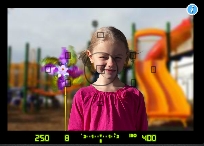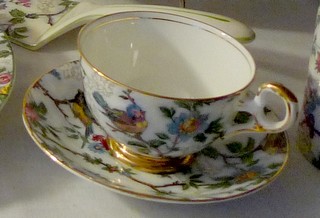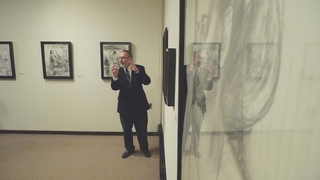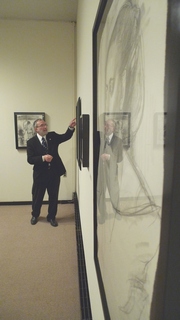SEEING and COMPOSING exercise
This is a follow-up to the warmup exercise.
Take your camera off automatic and use Aperture Priority Mode
Take your ISO off auto and set it for the appropriate light. Low ISO for bright light, High ISO for dim light.Quick guide for f/stop/ISO-
When the light is low: f/stop is low number (like f /3.5) ISO is high (400 +)
When the light is bright: (Outdoor daylight) ISO is low (100) f/stop is higher number (like f/16)Practice Aperture Priority with the creepy girl Camera Simulator

Make sure your White Balance is on Automatic

Shoot at least 200 images.
Start looking for design elements that make a strong photograph
Shoot at least 10 images of each category: Lines, Shapes, Strong color, Soft color, Shadows and Textures
Subject matter doesn't matter, try for variety of subjects, locations and time of day.
Our eyes and brain work together to capture the visual world around us. The eye has no boundaries; it scans the scene changing focus seamlessly. We are not consciously aware of the process. If we want to see something, we do. The images stream into our brain like a video image, constant and uninterrupted.A still camera is different, very different.
The camera captures the scene in a restricted rectangular frame. The photographer uses the window the camera looks through to decide where to place that frame.
Our eyes see the world in three dimentions (stereo vision). We perceive a sense of distance and perspective. The camera converts this world into a flat two-dimensional image.
The camera captures the scene in chunks of time: short time to freeze motion or long time to blur motion.The photographer has many creative choices.
Once the technical aspects of lighting and exposure are resolved, the photographer can use many tools to interpret the scene and create exciting, compelling images.Using the technical skills you have learned - shoot strong, well composed images that demonstrate the following attributes:
Lines

Shapes

Strong color
Soft color
Shadows
Texture
KEEP THESE GUIDES IN MIND WHEN SHOOTINGFraming: making order out of the chaos
The photographer sees the complete scene and must decide what to include and more importantly, what to exclude. This visual editing isn't always obvious. The photographer should experiment and try many options to determine what best represents the vision they want to share.

Horizontal or Vertical
Most cameras take rectangular images, not square or circular. Computer printers call it landscape and portrait, referring to the photographic composition. Most cameras are designed to take horizontal images by default. It is up to the photographer to rotate the camera to see what the composition can be. Look for design elements such as strong linear elements that lend themselves to horizontal or vertical placement. The photographer needs to pay attention to placement of shapes and lines in the frame. It is not always obvious what orientation is best, so try them al
lAngles and different points of view

Tilting the camera and placing the camera high or low in relation to the subject can alter the viewers perception of the image.








